Top 10 tips for long flights podcast
Europe is as far away from my home country of New Zealand as you can get — in fact, Seville and Auckland are almost perfectly aligned on opposite sides of the world. So, when I say I’m from New Zealand, a common response is “that’s a long way away!”. It is. The quickest journey from Auckland to London is around 26 hours: two flights of around 12 hours each, plus whatever stopover time the airline needs in the transit country.
This means that if I want to spend time in Europe (and believe me, I do), I’ll also be spending a fair amount of time in a giant flying tube. Don’t get me wrong, I am delighted to live in an age when getting from one side of the world to another takes hours rather than weeks! However, plane travel isn’t always the most comfortable, and preparing well for a long flight can make all the difference.
So, here are my top ten tips for long flights, as collected over eleven years of travel.
To listen, hit play below or find episode 343 in iTunes, Stitcher or Soundcloud:
When purchasing:
1. Choose the flight carefully
While price is an obvious factor, it’s not the only thing to consider. Also think about the airline you’re looking at flying with: Does it have a good safety record? Is the legroom reasonable? Is it a full-service airline that serves drinks and meals, or is it a budget carrier which will charge you for “extras”?
We’ve flown with budget carriers before, and it’s fine — you just have to be prepared to spend money on board, and perhaps pack your own food. However, we try to avoid some airlines based in Asia as the space between seats can be quite tight, which makes for an uncomfortable flight.
Time of day is also an important consideration. If you can, avoid flights that take off early in the morning — getting up early and having to get to the airport can be stressful, and having extra time makes all the difference.
I prefer mid-afternoon departures if possible, but night can also work — you might be able to get on the plane and go straight to sleep.
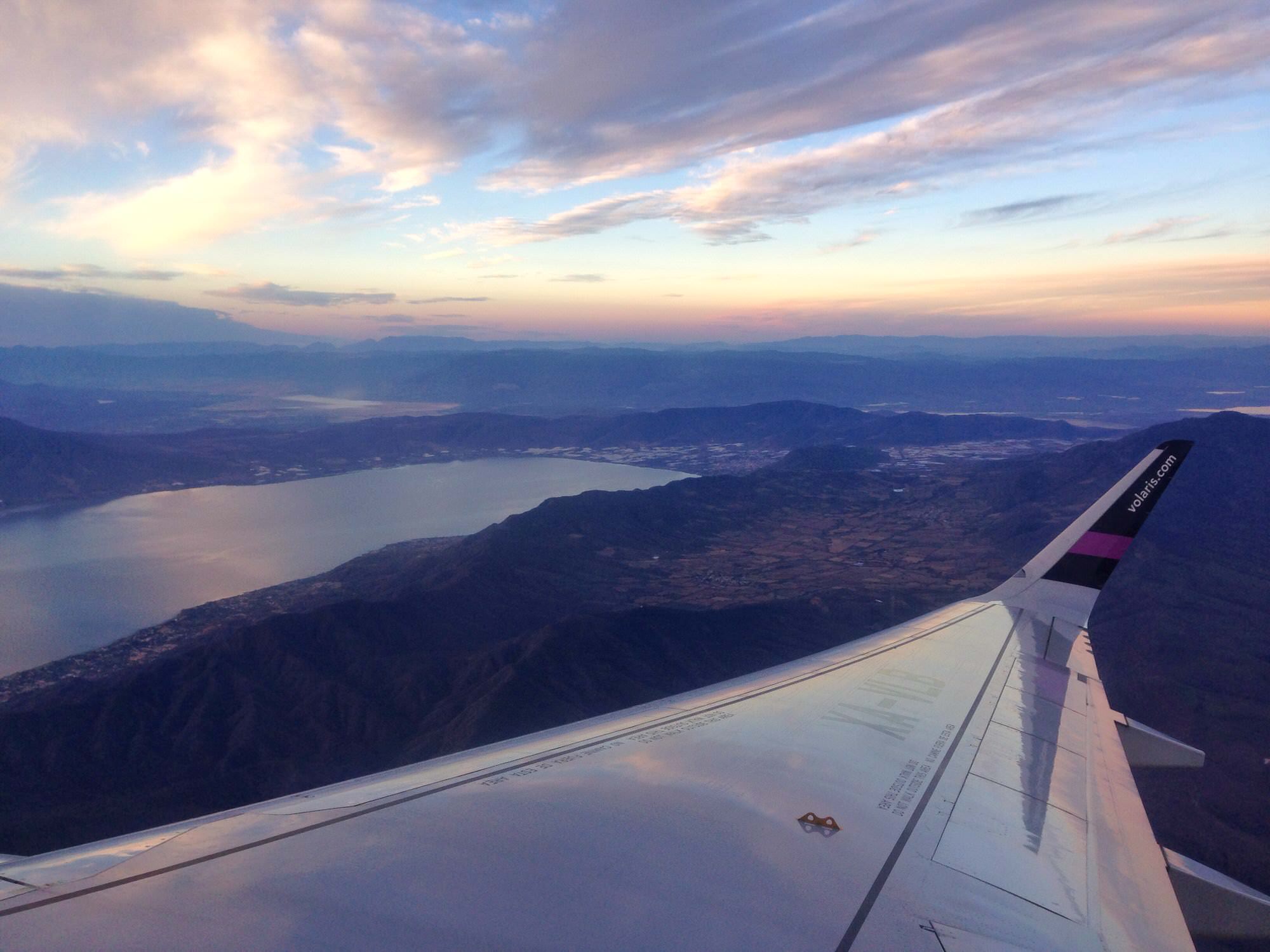
2. Incorporate a stopover
If you’re traveling somewhere that requires two or more legs to the journey, why not make the most of the fact that you’re there anyway, and have a stopover of several days rather than just a few hours? Craig and I very rarely fly direct to Europe from New Zealand — we break our journey in whichever country the airline travels through. We’ve had some great stays in Hong Kong, Kuala Lumpur and Bangkok, among other places.
Breaking your journey in this way means that your plane time is spread out more, you can partially adjust to any time zone changes, and you get a holiday somewhere interesting!
3. Investigate transport options to and from the airport
When you book your flight, make sure you know how you’ll be getting to and from the airport. If your flight arrives at night, transport options might be limited, so it’s worth knowing that in advance.
We find toandfromtheairport.com to be a helpful resource, and airport websites often contain a section about getting there and away. Be aware that taxis might not be your best option — public transport may be faster, safer, cheaper and/or more comfortable.
Personally, my favourite option is to be picked up by a friend or relative (I love you guys!), followed by public transport if a metro or train option is available. Uber is a great choice for arrivals at night, as it tends to be cheaper and more secure than a taxi, and no local currency is needed — a huge benefit, as we discovered last week when flying into Faro with not a euro in our pockets.

Before the flight
4. Pack your carry-on bag
You’re going to be stuck in your seat for a large percentage of the time you’re on the plane, so make sure to pack a small bag with essentials that you can store under the seat in front of you. I travel with just a carry-on sized bag, which I store in the overhead locker, but I always prepare a smaller bag to keep with me.
Your essentials may vary from mine, but some items you might like to have on you are:
- Jumper
- Pen
- Phone
- Headphones
- Reading material
- Water bottle
- Neck pillow
- Earplugs
- Eye mask
- Snacks
- Glasses case (if you wear glasses and plan to take them off to sleep)
- Sweets to suck on descent
- Any medicine you need (avoid sleeping pills though!)
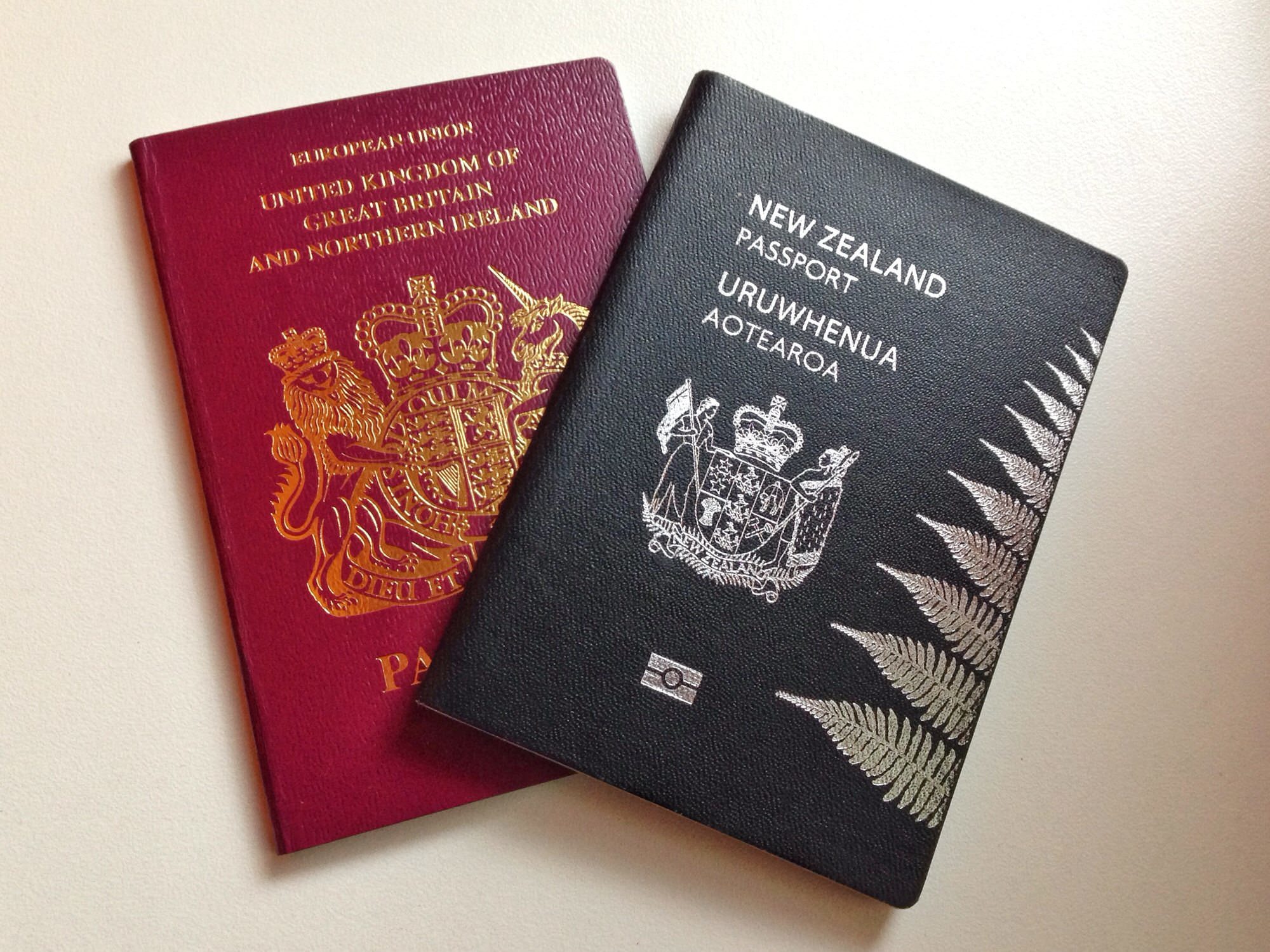
5. Dress appropriately
Although some people recommend you dress up for a flight in the hopes of nabbing an upgrade, I maintain that comfort is by far the most important consideration when choosing your plane outfit. I recently chose a pair of tightish trousers for a long flight, and regretted it for many a long hour.
If you’re traveling on staff tickets or in first or business class, you may have to comply to a dress code (as two United staff-travel passengers recently discovered). Otherwise, go for comfort: loose-fitting trousers, a comfortable top, and flat shoes are my recommendation. You may want to consider compression socks; I’ve never used them but some of my friends say that they help reduce swelling in the ankles.
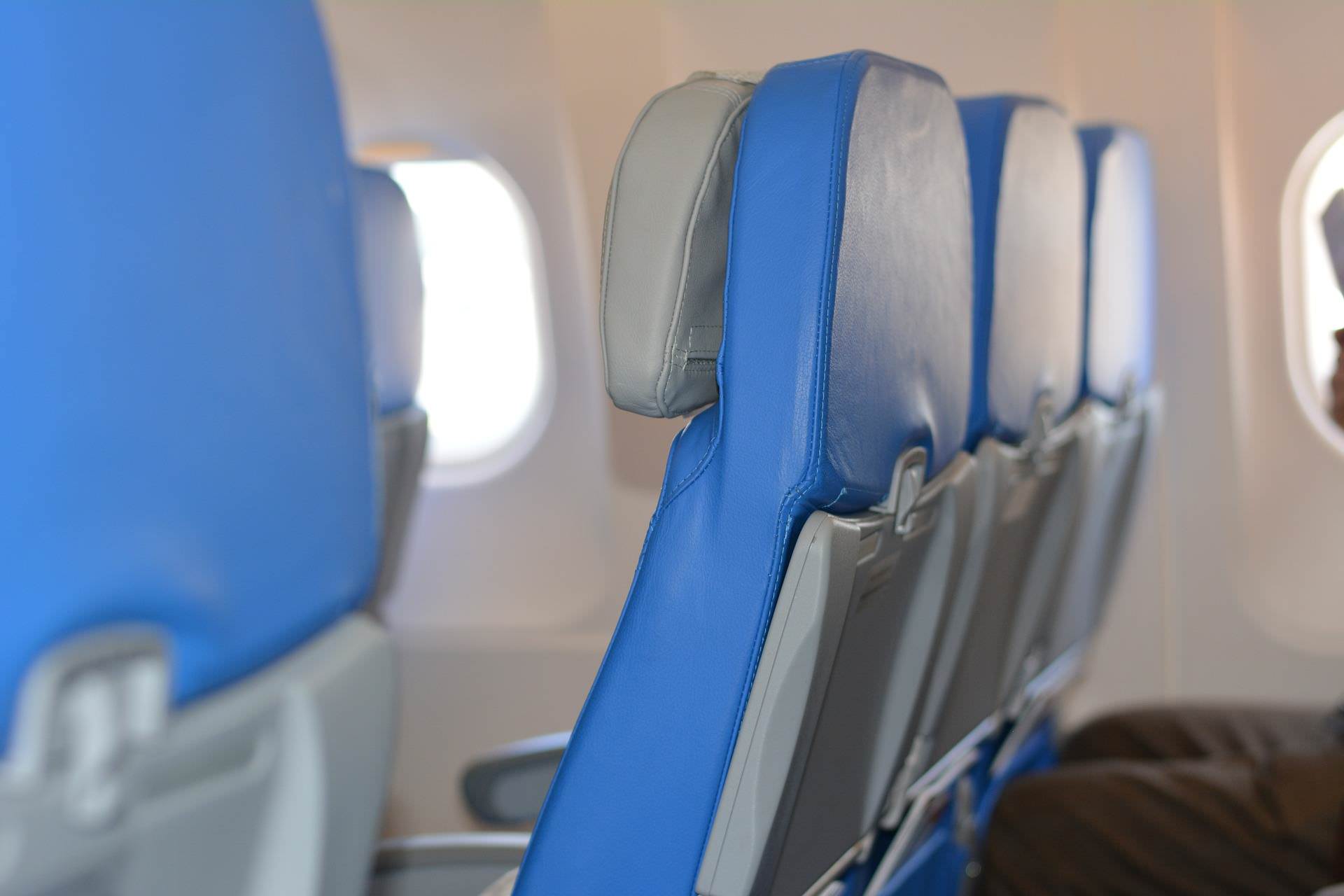
At the airport
6. Get to the gate with plenty of time to spare
While waiting at the gate for an hour or so isn’t anybody’s idea of a good time, stressing that you won’t make it there before the flight takes off is far worse!
Check in online if you can, but be aware that you may need to have your documents checked at the airport anyway.
Breeze through security by being prepared:
- Empty your water bottle.
- Make sure your toiletries are less than 100ml in size and put them into a clear, one-liter plastic bag. Leave this near the top of your bag so you can remove it if necessary.
- Take off your belt, hat, and scarf and store in your bag or a pocket.
- As you get near the security scanner, take off your coat and pull out your laptop for scanning.
- Follow the staff’s instructions calmly and without arguing. It’s just not worth it. Instead, be ridiculously polite and friendly.
Some airports have a long travel time from security to gate, so start moving there as soon as you can. If travelators are available, you’ll get the most out of them if you continue to walk rather than stopping! If you do choose to stop, move to one side so others can get past you.
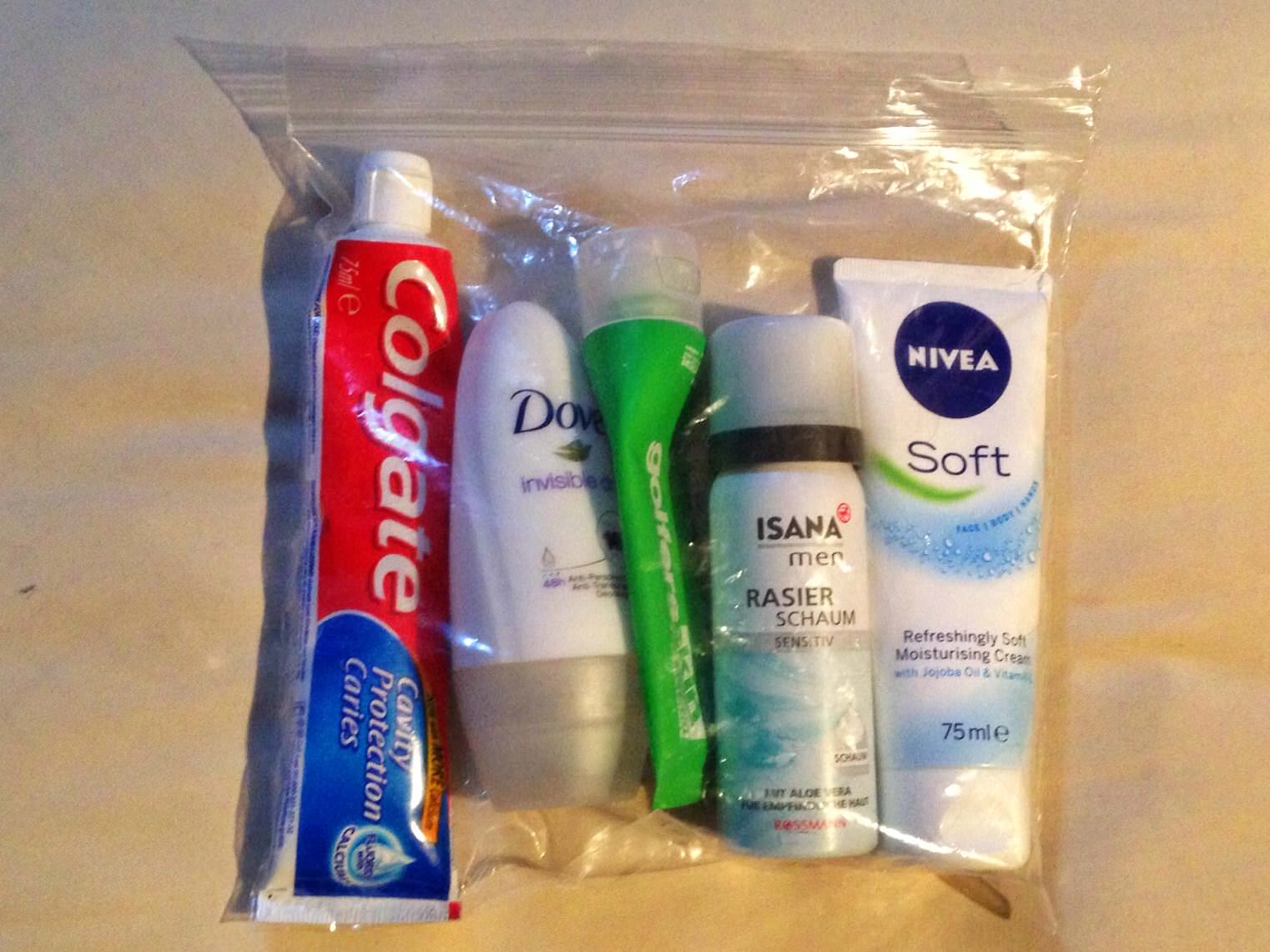
7. Fill your water bottle
Many airports provide drinking fountains near the toilets, so refill your water bottle at one of these if they’re available. If you can’t find a fountain, ask at one of the bars or restaurants if they’d be kind enough to fill it for you.
If the tap water isn’t potable, it might be worth purchasing bottled water before you board. According to my doctor, dehydration is the main cause of deep vein thrombosis, so it’s important to drink frequently while flying — having water on hand when you’re thirsty will help with that!
8. Go to the toilet
While you’re searching for the water fountain, head to the toilet. You may not be able to leave your seat for up to an hour (or more if there’s turbulence) so avoid discomfort by using the facilities before you board.
On the plane
9. Set your watch or phone to the correct time
Minimize jet lag by moving into your new time zone as soon as possible.
When we flew from Melbourne to London recently, we changed our phones’ time zone to U.K. time as soon as we boarded. While we couldn’t adjust to the new time immediately, we could use the journey to slowly acclimatize.
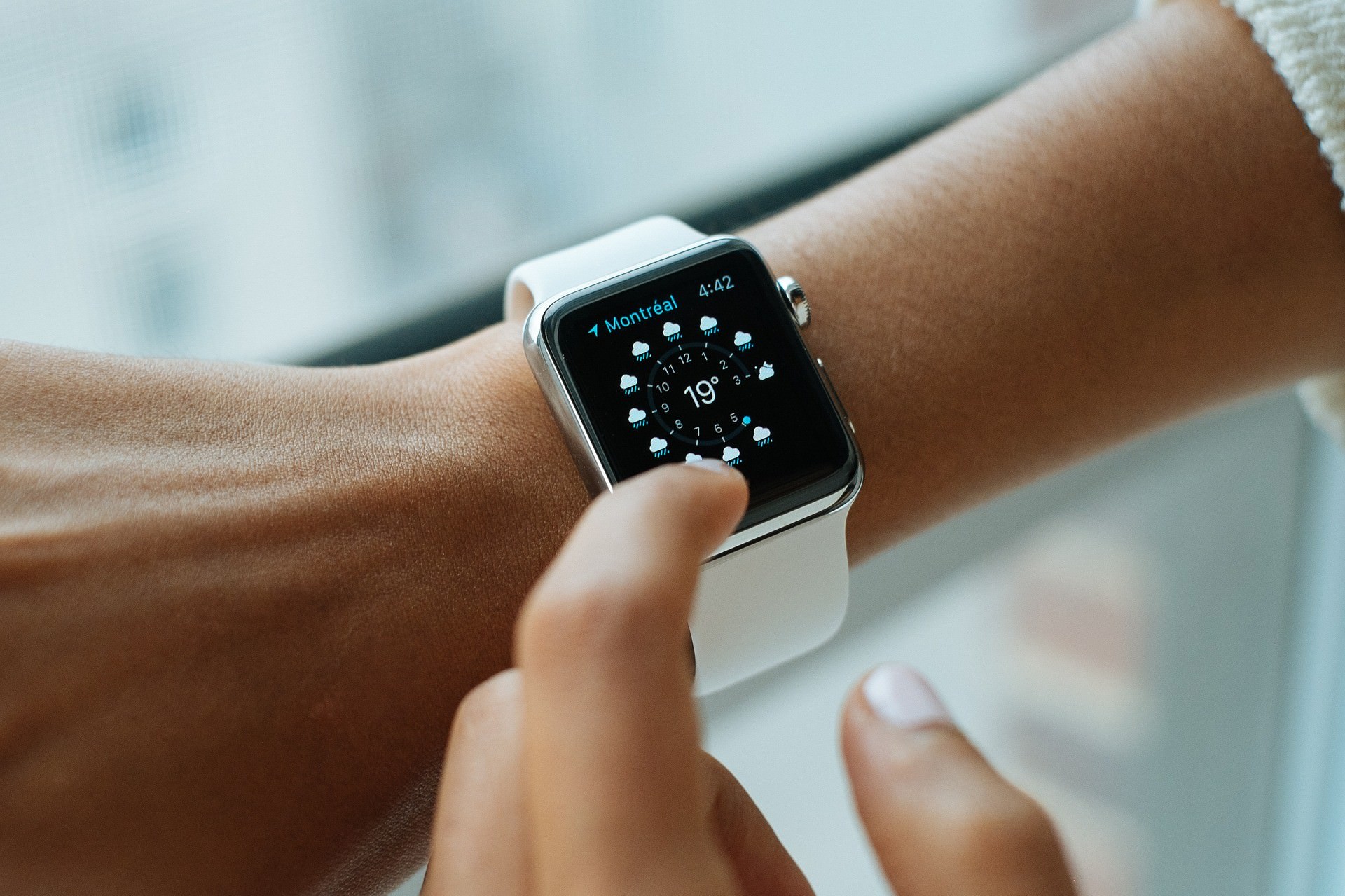
10. Get comfortable and move around
You’re going to be in your seat for a fair proportion of your time, so make sure things are set up how you like them! I always take off my shoes; you may want to arrange your pillow or put some things in your seat back pocket.
Now’s a good time to plan your entertainment for the journey: if you have an entertainment unit, flick through the options available and think about what you’d like to watch; check out the inflight magazine; choose which of your reading options you’d like to start with.
Remember to move about as much as you can during the flight — extend your toilet trips by stretching or walking on the spot while you wait, and do in-seat exercises whenever you think to. Ankle and shoulder rolls, lifting and lowering your legs, and neck stretches are a great pace to start.

Long flights can be uncomfortable, but you can improve your experience with a little planning — and the recollection of how fortunate we are to live in a time when such an amazing form of transport is possible!
What’s your top tip for air travel? Which airline do you prefer to travel with? Leave a comment below!
[box] This episode of the Indie Travel Podcast is sponsored by 23 and Me.
23andme.com is a genetic service that provides you with DNA reports about where your DNA comes from around the world.
And until August 3 2017, you could win a genetic adventure as 23andme.com will choose one person each day for 23 days to travel to countries based on their DNA!
Enter the sweepstakes and find out more about 23 and Me![/box]
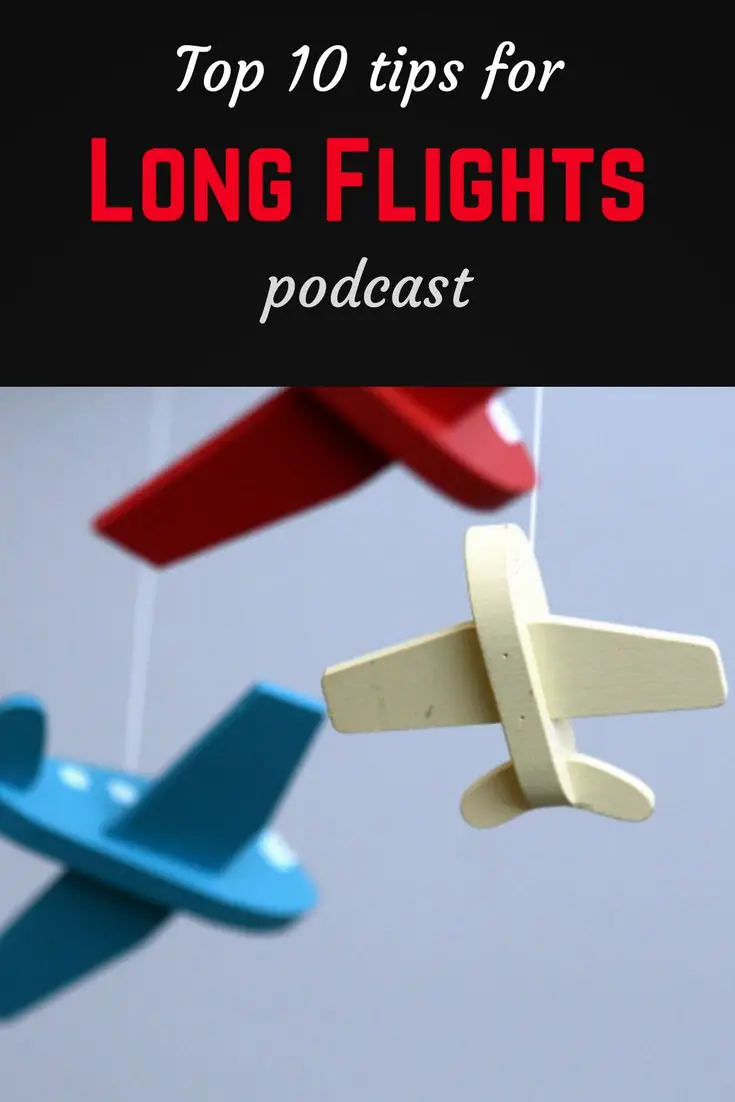





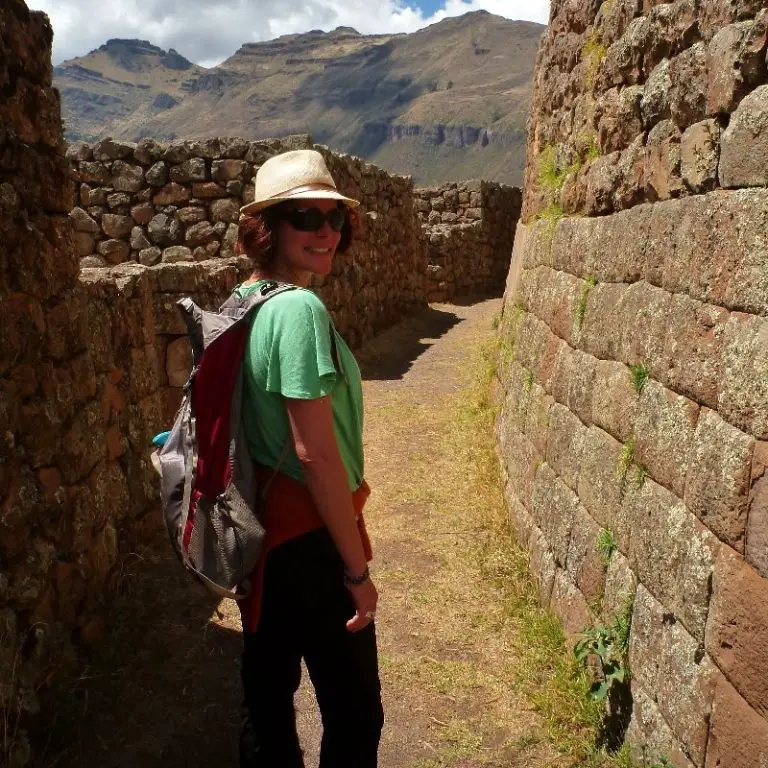


All of the above tips are great!
Here is a long haul flight tip I discovered a few years ago…..Wear Crocs (with socks). Super light weight, very comfortable, easy off and on, easy at security, they accept some foot swelling and more, give them a try, you will be impressed!
Off to Bali, Australia and Hong Kong in January (in my Croccs)
Travel safe,
Allan in Canada
It’s a good tip! I was never a fan of Crocs because I didn’t like the style, but a friend of mine has some quite nice ballet-flat type Crocs that would be perfect for wearing on a plane. I usually just take my shoes off and wear socks for the flight. 🙂